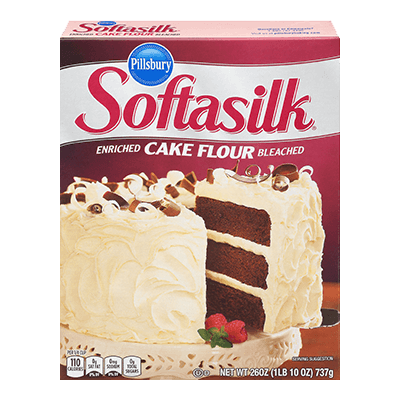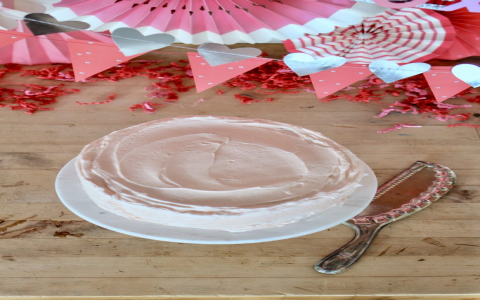Okay, so I decided to try out this Softasilk cake flour, yeah, the one that’s been making noise lately. I’ve always been a bit of a baking nerd, and when I heard about this flour, I thought, why not give it a shot?
So, I got this recipe for a Buttermilk Vanilla Cake. Sounded pretty good, and I figured it would be a perfect test for the flour. I started by gathering all my ingredients. The flour, obviously, came first. It felt really fine, like super fine. I’d read somewhere that it has a lower protein content than other flours, which is supposed to make cakes more tender. We’ll see about that.

Then, I grabbed some unsalted butter and oil. I’ve always been told that oil can make a cake softer, but butter adds that rich flavor you just can’t beat. I used both, because why not have the best of both worlds, right? I made sure my eggs were at room temperature. I learned that trick a while back – it helps them mix better or something.
- Ingredients I used:
- Softasilk cake flour
- Unsalted butter
- Oil (I used canola)
- Room temperature eggs
- Buttermilk
- Sugar
- Vanilla extract
- Baking powder
- Baking soda
- Salt
I started by mixing the dry ingredients – the Softasilk flour, baking powder, baking soda, and a pinch of salt. In another bowl, I creamed together the butter and sugar until it was all light and fluffy. Then, I beat in the eggs one at a time, followed by the vanilla extract. I alternated adding the dry ingredients and the buttermilk, starting and ending with the dry stuff. I was careful not to overmix. I mean, I really didn’t want a tough cake.
Once everything was combined, I poured the batter into a couple of greased and floured cake pans. Then, into the oven they went. I baked them at 350°F, which is pretty standard for cakes. I kept an eye on them, and after about 30 minutes, they were golden brown and a toothpick inserted into the center came out clean. Done!
I let the cakes cool in the pans for a bit before flipping them out onto a wire rack to cool completely. While they were cooling, I made a simple syrup to brush over them. I’d heard it helps keep cakes moist, and I’m all for that.
So, the final verdict? This Softasilk flour really does make a difference. The cake was incredibly soft and tender, just like it promised. It had a fine crumb, and it was definitely moister than some other cakes I’ve made with regular flour. And I think it is related to cornstarch. Overall, I’m pretty impressed. It’s not every day that a product lives up to the hype, but this one did. And with bleached wheat flour, niacin, iron, thiamin mononitrate, riboflavin, and folic acid, it is rich in ingredients. I’ll definitely be using Softasilk again. Maybe next time I’ll try it in cookies or something. Who knows, the possibilities are endless!













